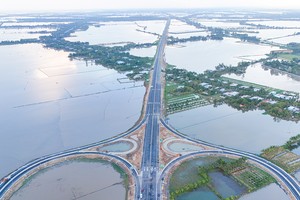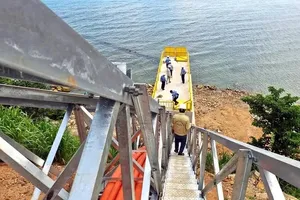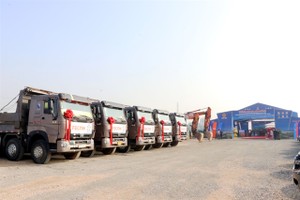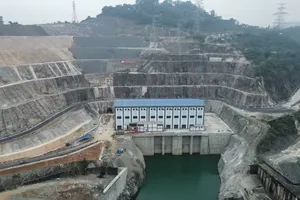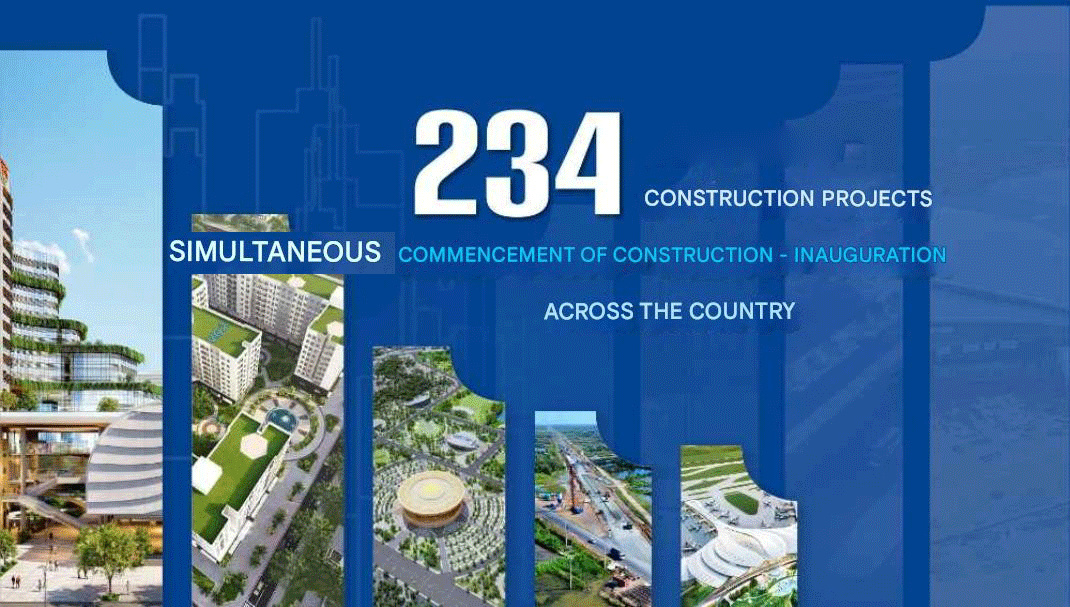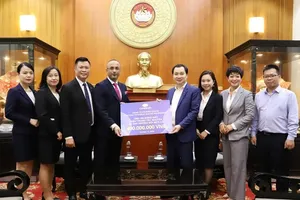
The port cluster has an average growth rate of 20 percent per year for over the last 5 years. However, it still plays a role as a gateway port system.
The volume of cargo transshipment via the port cluster accounted for only over four percent in the 2020-2022 period and nearly six percent in 2023 while the throughput of cargo through the international transshipment ports reached 30 -70 percent.
The fragmentation of the port clusters is one of the reasons causing the low volume of cargo transshipment, according to experts.
Each berth at the Cai Mep - Thi Vai port cluster has an average length ranging from 200 to 400 meters. The longest berth does not exceed 750 meters. Therefore, they are not able to accommodate two large vessels simultaneously.
However, the lack of appropriate support mechanisms and policies for the development of Cai Mep - Thi Vai port to become an international transshipment port is the biggest issue, making the port unattractive to cargo transshipment, specialists noted.
In addition, the shortage of professional inspection and monitoring units and time-consuming customs clearance procedures create a lot of inconvenience leading to an increase in logistic costs reduce the attractiveness of the country’s largest deep-water seaport.
It needs to examine and determine a suitable development model to create specialized management mechanisms for the Cai Mep - Thi Vai port to attract freight transportation and increase its competitiveness, promptly complete infrastructure for regional connectivity and connection among multiple modes of transportation, focus on building inland container depots (ICD), logistic centers, bonded warehouses, developing industrial zones to generate cargo sources.
Experts also emphasized the importance of IT solutions for the management will boost cargo flow.
Seaport freight transportation needs software that connects and synchronizes data with the national public service portal, electronic customs, tax, investment, and management software of enterprises, container shipping companies, logistics centers, and ICDs to support customers in searching and updating information on the status of ship routing and scheduling, freight rates and transport costs, storage facilities, transportation methods and more.



